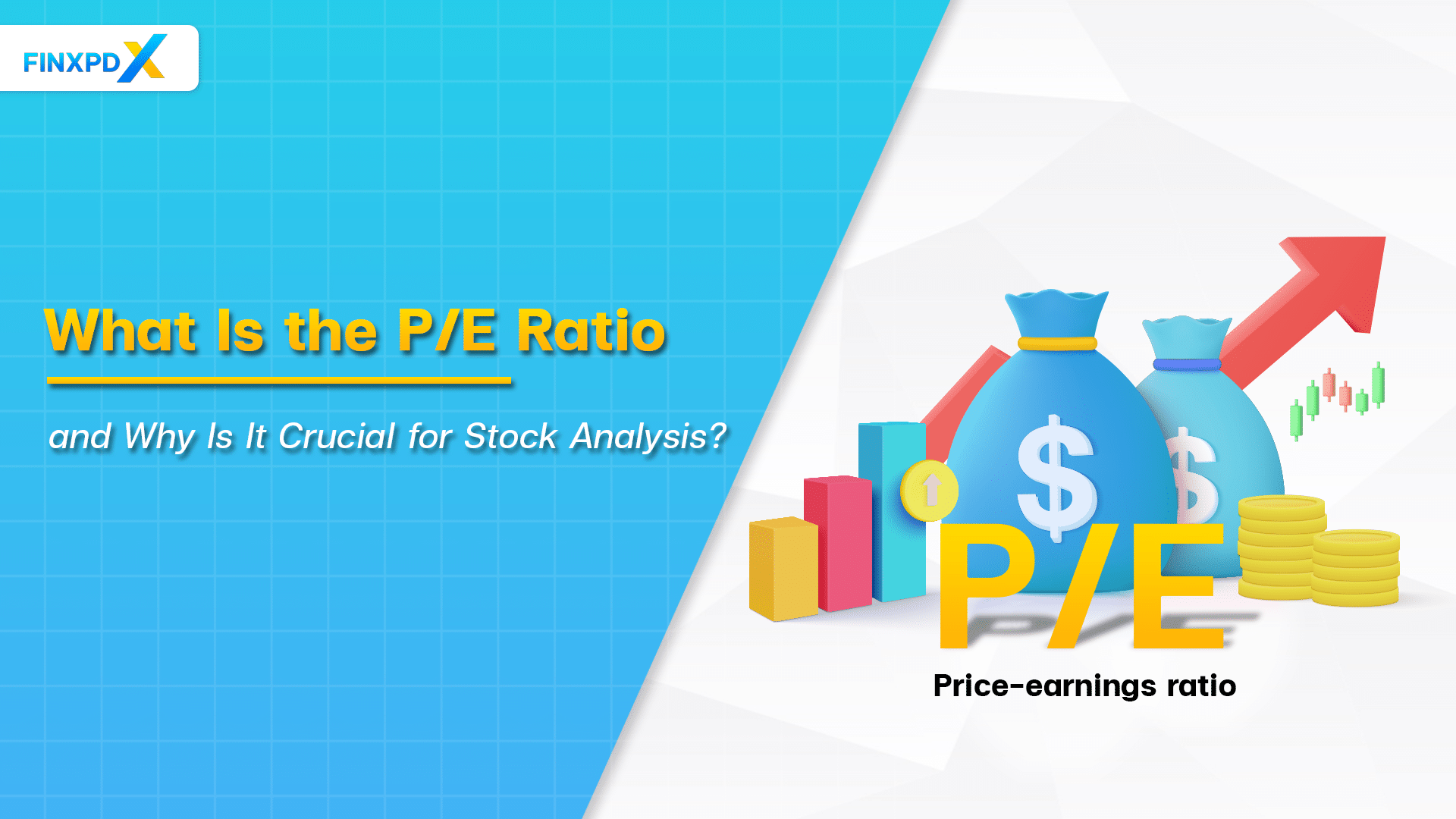In the complex world of investing, understanding the price-to-earnings (P/E) ratio can be a game-changer. This key financial metric is a compass for investors, guiding them through the maze of stock valuations. What is a good P/E ratio? Is lower always better, or does the ideal ratio depend on the context? In this article, we’ll explain the nuances of this ratio and explore its significance.
What Is the P/E Ratio?
The price-to-earnings (P/E) ratio is a commonly used tool for investors who want to understand a stock’s value. It’s based on either future earnings expectations (forward P/E) or past results (trailing P/E). With this ratio, you can do as follows:
- Find outliers by comparing stock prices of companies that are otherwise comparable.
- Check to see if the stock is reasonably priced or if it’s priced too high.
- Weigh the pros and cons of a stock’s price and its current market position to determine whether or not to purchase, sell, or hold.
Although the term might sound technical, it’s essentially a way to compare a stock’s price to what investors think it will earn (its EPS). This kind of analysis isn’t just for S&P 500 stocks; it can be applied to other major market indices like the Dow Jones and the Nasdaq as well.
Key Takeaways
- The P/E ratio is a critical financial metric used to assess a company’s stock valuation.
- There’s no universal standard for a “good” ratio; it often depends on the investor’s approach and what they’re comparing it to.
- This ratio is useful for portfolio diversification, allowing you to balance high-growth and low-risk investments.
How to Calculate P/E Ratio
Step 1: Find the Current Stock Price
The first step is straightforward. You can find the current stock price on any financial news website, stock market app, or directly from the exchange.
Step 2: Determine the Earnings Per Share (EPS)
EPS is calculated by dividing the company’s net income by the number of outstanding shares. This information is usually available in the company’s quarterly or annual reports.
Step 3: Perform the Calculation
Once you have both numbers, divide the current stock price by the EPS.
P/E Ratio= Current Stock Price/ EPS
Step 4: Interpret the Result
A high P/E ratio could indicate that the stock is overvalued, or it could mean that investors are expecting high growth in the future. On the other side, a low ratio might suggest that the stock is undervalued or that the company is not expected to grow much.
How to Use the P/E Ratio
Knowing how to use this ratio can significantly elevate your investment game. This key metric serves as a snapshot of a company’s valuation, helping you decide whether a stock is overvalued, undervalued, or just right. However, its real power lies in context—comparing it with industry peers and understanding market trends can offer deeper insights.
Whether you’re looking to buy, sell, or hold, the P/E ratio can guide your decisions. It can also help you assess risk and diversify your portfolio. However, it’s essential to remember that while the ratio is a valuable tool, it’s not a standalone indicator. It should be used alongside other financial metrics and market conditions to make the most informed investment choices.
⚠️Tip: Don’t rely solely on the P/E ratio; context is key.
Identifying Good and Bad P/E Ratio
Ultimately, there’s no one-size-fits-all answer for what makes a good P/E ratio. Many investors who focus on value often prefer a lower P/E ratio. These ratios are usually used for comparisons, so what’s considered good or bad depends on what you’re comparing it to.
To give you an idea, a lot of value investors think a P/E ratio between 20 and 25 is about right. Just like in golf, the lower the ratio, the more attractive the investment seems to be.
However, this perspective leans towards a value-driven approach to the market. You might be open to shelling out more for stocks from larger, more stable companies.
Conclusion
The price-to-earnings (P/E) ratio is far more than just a number; it’s a multifaceted tool that can guide your investment decisions. While there’s no universal standard for what makes a “good” P/E ratio, many value investors lean towards lower numbers. The real power of this metric, or its ratio meaning, lies in the context—like comparing it within industries or understanding the current market landscape.
Whether you’re inclined to invest in larger, more stable companies at a higher P/E or search for undervalued stocks with lower ratios, understanding the P/E ratio’s nuances can significantly enhance your investment strategy.
FAQs
This ratio is a financial metric that measures a company’s stock price relative to its earnings per share.
There’s no universal standard for a “good” or “bad” P/E ratio. However, lower ratios are often preferred by value investors.
A ratio between 20 and 25 is generally considered reasonable by many value investors, but this can vary by industry and market conditions.
A high ratio could suggest that the stock is overvalued or that investors expect high future growth. It’s important to compare it with industry peers for context.
A low ratio may imply that the stock is undervalued, offering a good buying opportunity. However, it could also suggest limited growth prospects or challenges for the company.
Related Articles:
Read more: Stocks








